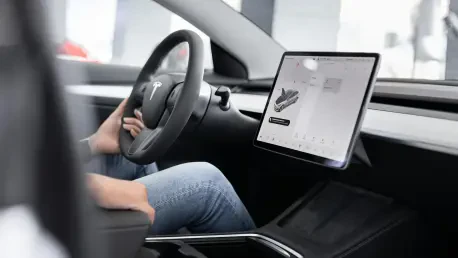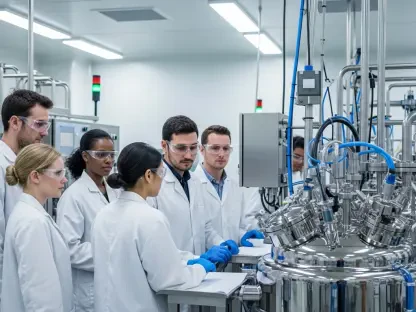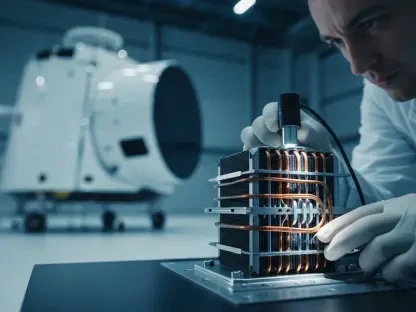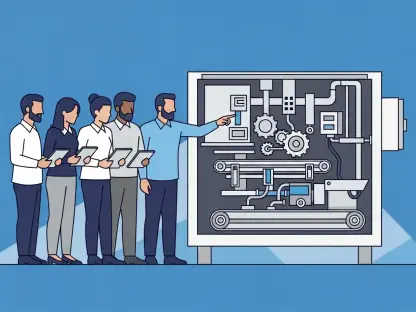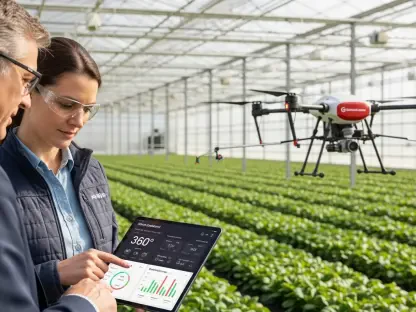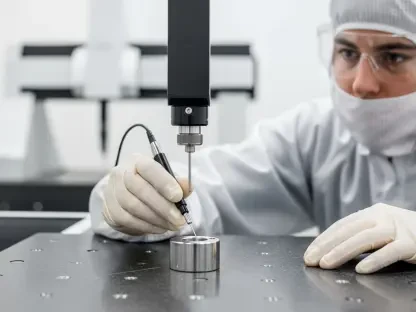Today, we’re thrilled to sit down with Kwame Zaire, a renowned manufacturing expert with a deep passion for electronics, equipment, and production management. With years of experience under his belt, Kwame is a thought leader in predictive maintenance, quality assurance, and workplace safety. In this conversation, we dive into the transformative trends shaping the automotive industry, exploring topics like the shift from traditional component manufacturing to technology-driven system integration, the impact of automation and advanced electronics, the importance of intellectual property, and the rapid rise of electric vehicle systems. Join us as Kwame shares his insights on innovation, collaboration, and the future of manufacturing.
How has the journey from being a build-to-print supplier to a technology-driven system integrator reshaped the way companies operate in the auto component industry?
That journey is a massive leap. Starting as a build-to-print supplier means you’re essentially following someone else’s blueprint—there’s little room for creativity or ownership. Moving to a system integrator role, though, flips the script. Companies begin to design and develop proprietary solutions, taking control of the innovation process. This shift demands heavy investment in R&D, skilled talent, and technology. It’s about creating value beyond just parts—offering complete systems that solve complex problems for OEMs. I’ve seen how this builds stronger partnerships and positions companies as indispensable players in the ecosystem, especially in a market hungry for smart, integrated solutions.
What are some of the toughest hurdles in transitioning from producing components to developing proprietary products?
One of the biggest hurdles is mindset. You’re moving from a reactive approach—building what’s asked—to a proactive one where you’re anticipating needs and innovating ahead of the curve. That requires a cultural shift within the organization. Then there’s the technical challenge: developing in-house expertise and intellectual property isn’t cheap or quick. You need to invest in talent, tools, and sometimes global partnerships to bridge knowledge gaps. I’ve observed that securing funding for such long-term bets can be tough, especially when immediate returns aren’t guaranteed. Plus, there’s the risk of failure—new products might not hit the mark, and that can sting.
How do global partnerships influence a company’s ability to create and own intellectual property?
Global partnerships are often a game-changer. They provide access to cutting-edge technology, expertise, and sometimes even shared IP that a company might not develop on its own quickly. I’ve worked with firms that leveraged these collaborations to learn best practices and adapt them locally. It’s like getting a head start—you gain insights into advanced processes or design methodologies that would take years to build from scratch. Over time, as you absorb that know-how, you can start creating your own IP, tailored to your market’s needs. It’s a stepping stone to independence and innovation.
Can you break down the strategy of making products smarter and focusing on electric vehicle-centric solutions?
Absolutely. Making products smarter is all about embedding intelligence—think sensors, connectivity, and data-driven features that enhance functionality. For instance, a traditional component like a switch can now monitor usage patterns and predict failures. Then, focusing on EV-centric solutions means designing products specifically for electric vehicles, like battery management systems or lightweight components that boost efficiency. It’s about aligning with the future of mobility where electrification is king. I’ve seen companies prioritize this by reallocating R&D budgets to EV tech, ensuring they’re not just keeping up but leading the charge in this space.
How has the dynamic between manufacturers and OEMs evolved, particularly with the rise of co-creation?
The dynamic has shifted from a transactional relationship to a true partnership. In the past, OEMs would hand over specs, and manufacturers would just execute. Now, with co-creation, it’s a two-way street. Both sides sit down to define requirements and brainstorm solutions. I’ve been part of projects where manufacturers bring innovative ideas to the table, sometimes even challenging OEM assumptions to improve outcomes. This collaboration builds trust and often leads to better, more customized products. It also means manufacturers have more skin in the game—they’re not just suppliers but co-inventors.
In what ways has automation transformed traditional manufacturing processes in the auto industry?
Automation has been a revolution. Where manufacturing once relied heavily on human skill—think manual assembly or quality checks—it’s now driven by precision machines and AI. I’ve seen production lines where robots handle repetitive tasks with unmatched accuracy, freeing up workers for more complex roles. AI-based process engineering can analyze data in real-time to optimize workflows, cutting waste and downtime. It’s not just about speed; it’s about consistency and scalability. Automation also reduces human error, which is critical when you’re dealing with intricate electronics or safety components.
Why is owning intellectual property becoming so vital for growth and innovation in this sector?
Owning IP is like holding the keys to your future. It gives you the freedom to design and adapt products without relying on someone else’s tech or licenses, which can be costly and restrictive. In my experience, companies with strong IP portfolios can tailor solutions to diverse customer needs, giving them a competitive edge. It also boosts credibility—OEMs and partners see you as a serious innovator, not just a supplier. Plus, IP can be a revenue stream through licensing or partnerships. It’s a cornerstone for long-term growth, especially in a tech-heavy field like automotive.
What role do digital tools like virtual twins and simulations play in modern manufacturing?
Digital tools are a lifeline for efficiency. Virtual twins—digital replicas of physical systems—let you test designs and processes in a risk-free environment. I’ve worked on projects where we used simulations to spot flaws in a component design before even building a prototype, saving months and thousands of dollars. These tools speed up validation, allowing you to iterate faster and get to market sooner. They also improve accuracy—tweaking a design digitally is way easier than retooling a production line. It’s a no-brainer for any manufacturer aiming to stay agile.
How do you see the rise of electric vehicle systems shaping the future of the auto component industry?
EV systems are rewriting the rulebook. The shift to electric mobility is driving demand for entirely new components—think battery packs, power electronics, and charging infrastructure. I’ve noticed that companies focusing on EVs are seeing explosive growth because they’re tapping into a market that’s expanding faster than traditional segments. It’s also pushing innovation in areas like lightweight materials and energy efficiency. The challenge is staying ahead of the curve as EV adoption accelerates, especially in markets like India where two- and three-wheelers are leading the charge. This trend is here to stay and will redefine the industry.
What is your forecast for the future of electric vehicle manufacturing and its impact on global markets?
I’m incredibly optimistic about EV manufacturing. Over the next decade, I expect to see a massive surge in adoption, not just in developed markets but also in emerging economies where cost-effective solutions like electric two-wheelers are gaining traction. The impact on global markets will be profound—supply chains will shift to prioritize EV components, and we’ll see fiercer competition as more players enter the space. Governments will likely push harder with incentives and regulations, accelerating the transition. My forecast is that by 2035, EVs could dominate new vehicle sales in many regions, reshaping manufacturing priorities worldwide.
